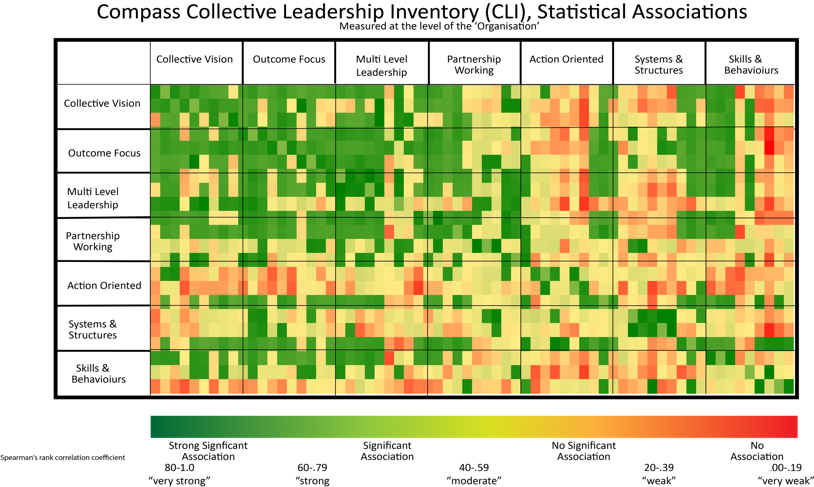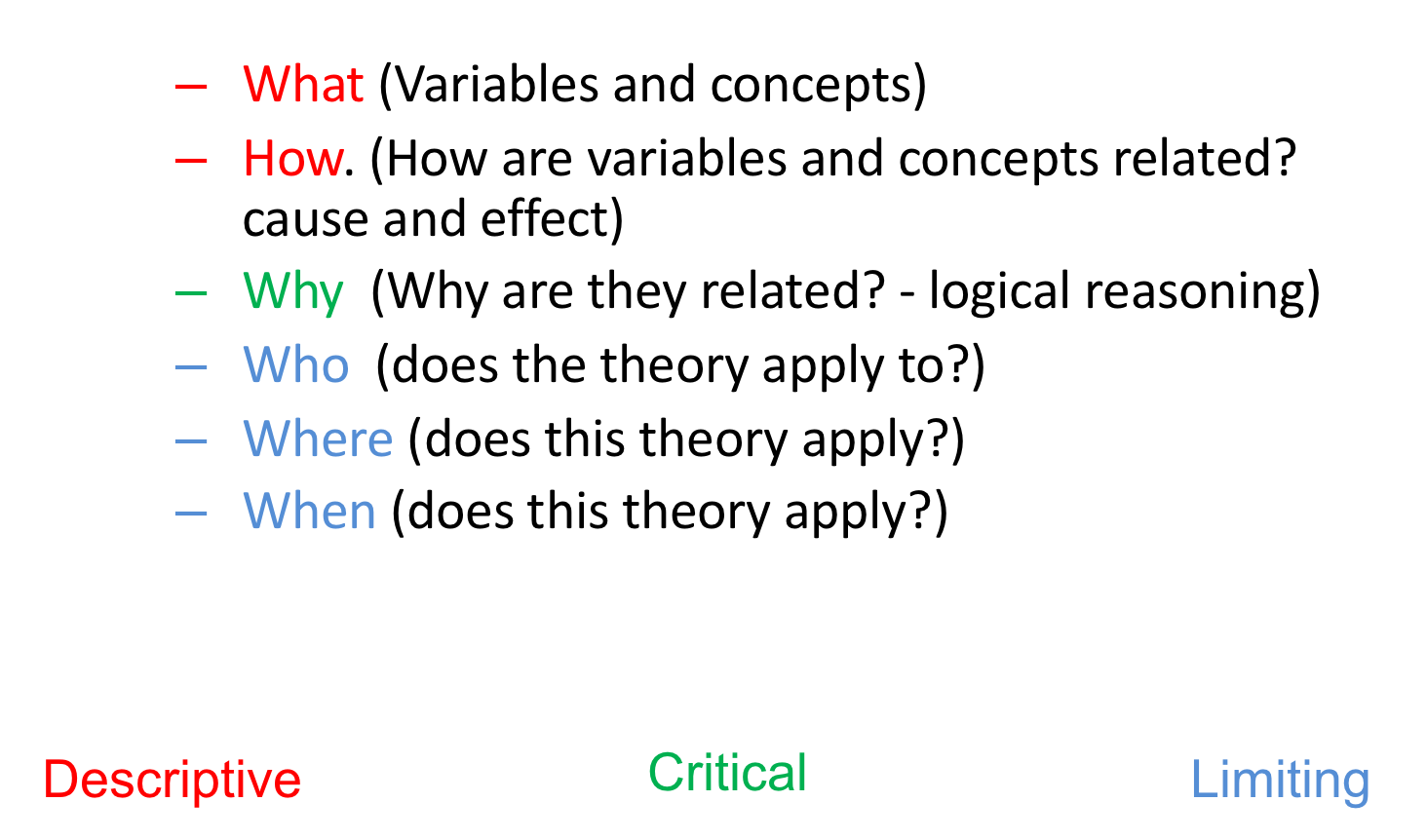
Collective Leadership Inventory
Working together collaborativelyValidating the CLI Data

VALIDITY OF THE CLI RESEARCH.
The importance of validity
A brief introduction to the difference between research validity and reliability will be helpful. Both terms evaluate the quality of research in terms of how well a method, technique or test measures the data. Reliability concers the consistency of a measure (to the extent to which the research can be replicated), whereas validity assesses the accuracy of a measure. Given the structure of the CLI we can argue that the reliability of the research could be managed through adherence to the CLI. For this reason, this section focuses on validity. How can we be sure that what we have measured in the CLI represents what is really happening?
It is therefore important to ensure that the CLI produces results that correspond to real properties, characteristics, and variations in the physical or social world. One way of doing this it to consider the interactions between the contexts, mechanisms and outcomes and the differences based on the diverse contexts (in this case, both the leadership values and the types of organisations and levels of leadership evalauted.)
Research Validity
The quantitative research was analysed for its internal consistency using the Cronbach Alpha statistical test. The two surveys that were tested were those undertaken with the members of the multi-agency Community Safety Partnership and the members of the various cohorts who undertook an executive education leadership development programme. There were some slight variations to the questions asked, although the construct being assessed was consistent. In total, just fewer than 100 responses were the subject of the analysis.
The inventory was employed to measure different, underlying constructs of collective leadership. At the value level, all seven value statements sought to measure the broad concept of ‘collective leadership’ based on a range of collective leadership behaviour statements for each of the seven values. This provides a high level of confidence that the seven values are measuring the same construct, namely collective leadership. A second analysis sought to measure the associations between the seven collective leadership values, initially by using the same aggregated data at the level of values
In research terms, it is necessary to identify a null hypothesis (and an alternative) and then test it statistically. In this case, the broad null hypothesis is that “value statements that reflect ‘collective leadership’ will not be associated with each other”. The results of the CLI have been analysed to determine whether the null hypothesis is correct. This was undertaken through a series of statistical correlation tests . The full details of the analysis are not included here although figure 10 below illustrates the associations through a graphical ‘hotspot’ map.





